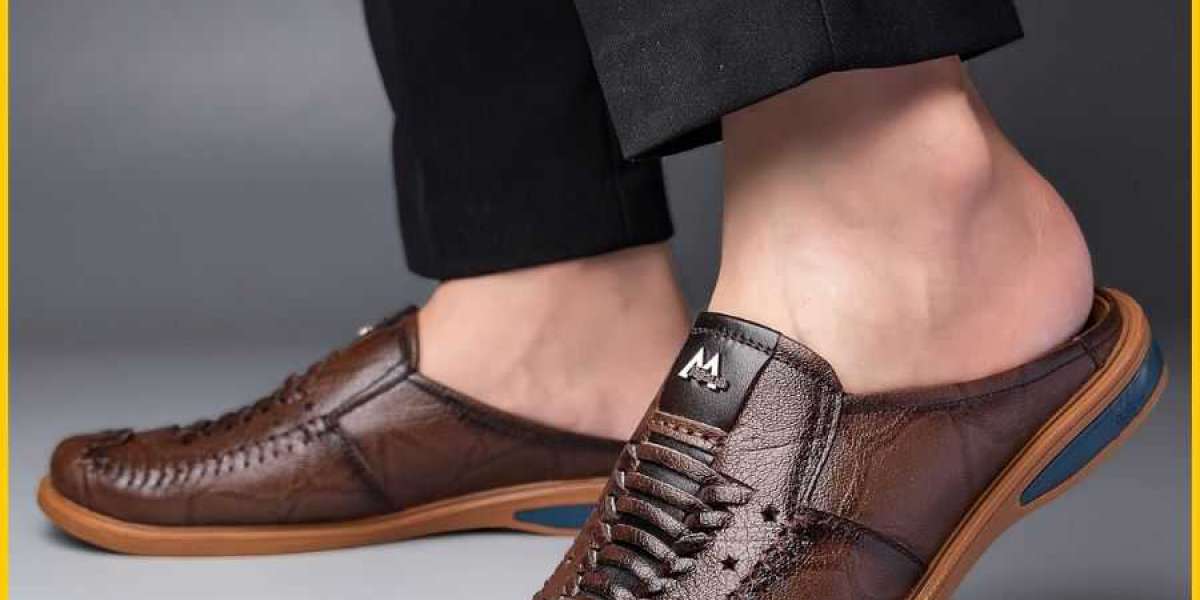Introduction
Ottawa’s senior population is growing, and with it comes a rising demand for safe and accessible home mobility solutions. As aging makes stairs more difficult to navigate, falls become a leading cause of injury among seniors. Home elevators present a safer alternative, enabling seniors to maintain their independence while navigating multi-story homes. In this blog, we’ll explore how home elevators provide a secure and practical solution for seniors in Ottawa.
1. The Need for Safe Mobility Solutions for Seniors in Ottawa
Ottawa’s seniors often live in homes that are not designed for aging in place. Multi-level homes, steep staircases, and icy conditions in winter all contribute to the risk of falls. The City of Ottawa has initiatives aimed at supporting aging residents, but making individual homes safer is crucial for those who wish to continue living independently. Stairs are one of the most common hazards, with even minor missteps potentially leading to serious injuries.
2. How Home Elevators Reduce Fall Risks
Home elevators significantly reduce the risk of falls by eliminating the need to navigate stairs. Unlike stairlifts, which still require the user to transfer from a wheelchair or walker to the lift, home elevators allow seniors to move between floors seamlessly while staying in their preferred mobility device. Here’s why home elevators are a safer option:
- Enclosed Design: Home elevators have enclosed cabins, minimizing the risk of falling during travel. This is particularly important for seniors who may be prone to dizziness or balance issues.
- Non-Slip Flooring: Modern elevators are equipped with non-slip flooring, which provides extra stability, especially for those with mobility aids like canes or walkers.
- Safety Railings: Many home elevators come with built-in handrails that offer additional support, making it easy for seniors to maintain balance while the elevator is in motion.
3. Safety Features of Home Elevators
Home elevators are designed with multiple safety features that make them an ideal solution for seniors. Here are some of the key safety aspects to consider:
a. Emergency Descent
In case of a power outage, residential elevators are equipped with an automatic descent feature. This safety mechanism ensures that the cabin safely descends to the ground floor, allowing seniors to exit without assistance.
b. Door Sensors
Advanced door sensors prevent the elevator doors from closing if there is an obstruction, ensuring that seniors can enter and exit safely. This feature is especially useful for those using walkers or wheelchairs.
c. Child Safety Lock
If there are children in the home, a child safety lock is essential. This feature prevents accidental use of the elevator by children, adding an extra layer of security for seniors and their families.
d. Pneumatic Technology
Many home elevators, like Nibav’s air-driven models, use pneumatic technology, which ensures a gentle and smooth ride. This technology eliminates the abrupt stops that can occur in traditional elevators, making it safer and more comfortable for seniors.
4. Improved Independence for Ottawa’s Seniors
One of the primary reasons seniors choose home elevators is the increased independence they offer. Stairs often require assistance from family members or caregivers, but a home elevator allows seniors to move freely between floors. This not only enhances safety but also boosts confidence and overall quality of life. Seniors who use mobility aids like wheelchairs, walkers, or canes find home elevators particularly beneficial, as they allow easy access without the need to transfer from one device to another.
5. Winter Safety in Ottawa
Ottawa’s long and harsh winters present unique challenges for seniors. Icy steps, cold temperatures, and reduced mobility can make stairs even more dangerous. Home elevators offer a secure and warm alternative during these months:
- Eliminating Slippery Stairs: Snow and ice on outdoor steps increase fall risks. Indoor stairs can also become slippery due to wet shoes or boots. Home elevators remove the need to use stairs entirely, reducing the risk of slips and falls during winter.
- Warm and Enclosed Ride: Unlike exterior lifts, which expose seniors to the elements, home elevators offer a warm, enclosed ride between floors, making them a more comfortable option during Ottawa’s cold months.
6. Easy Installation in Ottawa Homes
House elevators are not just for new builds; they can also be retrofitted into existing homes. Here’s why they are a practical choice for Ottawa’s aging population:
- Minimal Structural Changes: Home elevators, especially pneumatic models, require minimal structural modifications. They don’t need a pit or machine room, making them suitable for Ottawa’s older homes.
- Quick Installation: Many home elevators can be installed within 24-48 hours, making them a convenient option for seniors looking to enhance their home’s accessibility without undergoing lengthy renovations.
7. Home Elevators vs. Stairlifts: Which Is Safer?
While stairlifts are often considered a quick solution for stair navigation, home elevators offer greater safety for seniors. Here’s why:
- No Transfer Required: Stairlifts require seniors to transfer from their mobility device to the stairlift seat, which can be risky. Home elevators allow seniors to remain in their wheelchairs or walkers while moving between floors.
- Enclosed Cabin: The enclosed design of home elevators provides better protection, especially for seniors prone to balance issues. Stairlifts, on the other hand, have open seating, which may not feel as secure.
- Higher Weight Capacity: Home elevators have a higher weight capacity than stairlifts, making them suitable for carrying both seniors and their mobility aids at the same time.
8. The Impact on Aging in Place
Home elevators are a vital component of aging in place—a strategy that allows seniors to remain in their homes as they age. By providing safe and easy mobility between floors, home elevators reduce the need for seniors to move to single-story homes or assisted living facilities. This can lead to improved mental well-being, as seniors are able to stay in familiar surroundings and maintain a sense of independence.
Conclusion
Home elevators provide a safe and practical alternative to stairs for seniors in Ottawa. With features like enclosed cabins, non-slip flooring, and emergency descent systems, they ensure safer mobility and improved independence. As Ottawa’s seniors strive to age in place, home elevators offer a long-term solution that enhances both safety and quality of life. For seniors seeking to remain in their multi-story homes, a home elevator is an investment in safety, comfort, and peace of mind.







